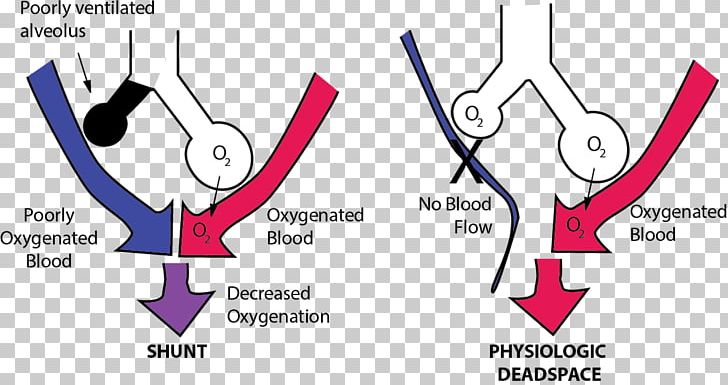

You are experiencing an increase in heart rate and contractility, thus leading to an increase in cardiac output.

You have managed to keep your breathing under control but your heart is beating what feels like a thousand times per minute. You are feeling really nervous before going in to write your physiology final. Examples include pneumonia, COPD, and pulmonary edema. The remainder of the video examines different diseased states to practice applying the VA/Q ratio. This information can be found from 5:15 – 7:40. The video then transitions into an explanation of why perfusion differs across different regions in the lungs as well as the role of gravity within this distribution. Within the first 5 minutes of this video, ventilation and perfusion are both defined and expressed within their VA/Q ratio. The following video is included as a resource to help students understand why the ventilation and perfusion ratio changes across the lung regions. The concentration of blood gases serves as a means to regulate respiration. Understanding this ratio is crucially important as it pertains to the blood gas levels of carbon dioxide and oxygen at the level of the alveoli. A ratio above or below 1.0 is considered VA/Q mismatch, as it is not ideal for physiological function.

The optimal VA/Q ratio is 1.0, whereby ventilation and perfusion match, meaning that there is sufficient airflow in proximity to blood.


 0 kommentar(er)
0 kommentar(er)
